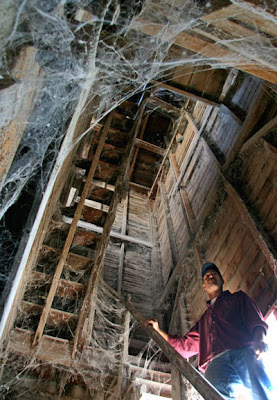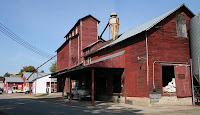MEDICAL MISTAKES—
The Associated Press recently reported the case of a Long Island, NY woman who got the bad news she had breast cancer and underwent a double mastectomy, only to be told later the lab had made a mistake and she didn’t have cancer.
Can you imagine that horror?
Unfortunately sloppy medicine is more common that most of us realize.
In my most recent experience at the Mansfield hospital I was sent to their emergency room in 2004 by my employer after a foot injury that caused severe swelling and bruising.
While the attending physician was discussing my follow-up treatment she asked me to verify my phone number from her chart. Then, she recited a number that wasn’t mine. I asked to see the chart. That wasn’t mine either.
Moments later a nurse was discussing my release and she noted I had been diagnosed with a “Left foot sprain/contusion.” The diagnosis was correct but it was my
right foot that was injured.
And, just a few weeks ago I was at the local dermatologist’s office for the surgical removal of a skin cancer from my face.
Just before seeing the doctor, the nurse was explaining my procedure to be done on my left chin. Wrong! The cancer was on my right chin.
Then, while lying on the table and after lots of preparatory work the doctor poked around the cancerous area and inquired if I was numb yet. I wasn’t. He had overlooked the numbing injections.
I readily admit the above incidents were minor. But, what if I was unconscious with a serious injury and the physicians couldn’t even keep track of my identity or the location of my wound.
In the case of my recent anesthesia I was partially to blame. The doctor also is a pilot and we were busy swapping yarns.
In the case of the woman with the wrong cancer diagnosis, a state report blamed the mix-up on a technician who admitted cutting corners while labeling tissue specimens.
Nevertheless, it is a very wise patient who pays careful attention to his or her medical procedures, who seeks second opinions in any serious or questionable circumstances, and, who has an assertive advocate acting on his or her behalf if they are incapacitated.


















 ___________________
___________________








